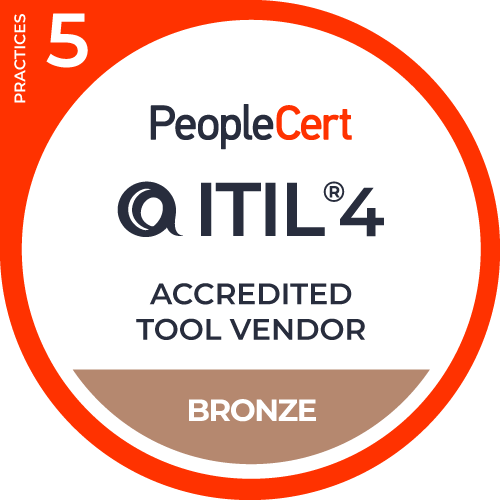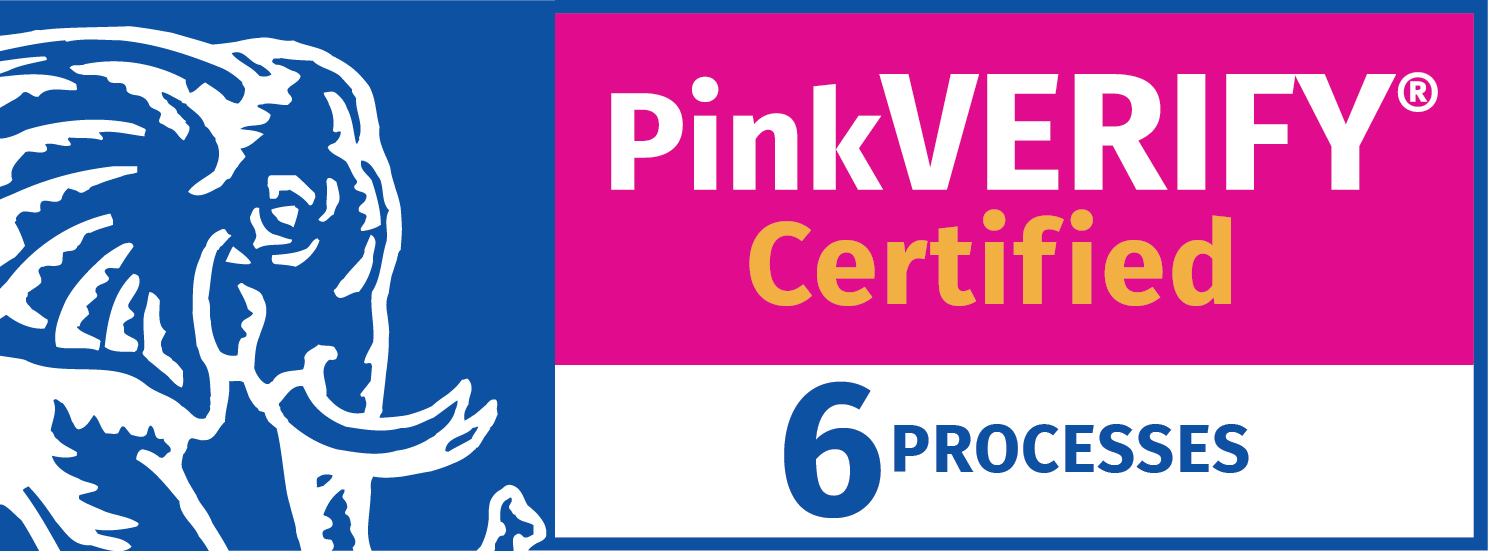Service Level Management and SLAs
Prioritize operations based on impact and urgency, plus agreed service level targets. Track tickets through to resolution, and get alerted when service level targets are close to breaching or have breached, ultimately helping your IT team to meet or exceed its agreed performance levels.
Define SLAs Based on Rules
Deal with issues and requests based on different resolution targets, thus different levels of urgency and attention. IT teams can define targeted time limits as broadly or as precisely as they need, with different targets for different phases of incident resolution or service request delivery.
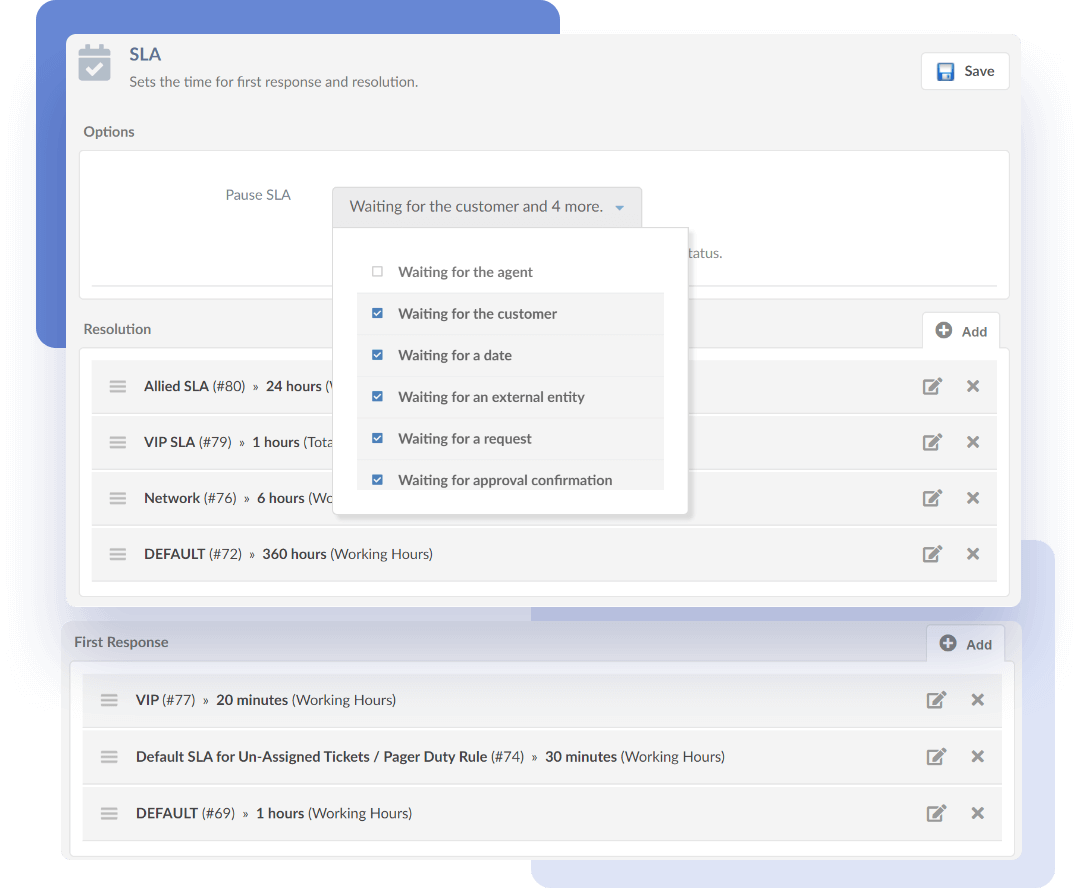
Keep Agents Aware Agreed Response Time
Help agents to focus their time and effort where it’s needed most by providing a visual indicator of the agreed SLA response time, ensuring the most critical issues are dealt with first while still achieving SLA targets across all issues and service requests.
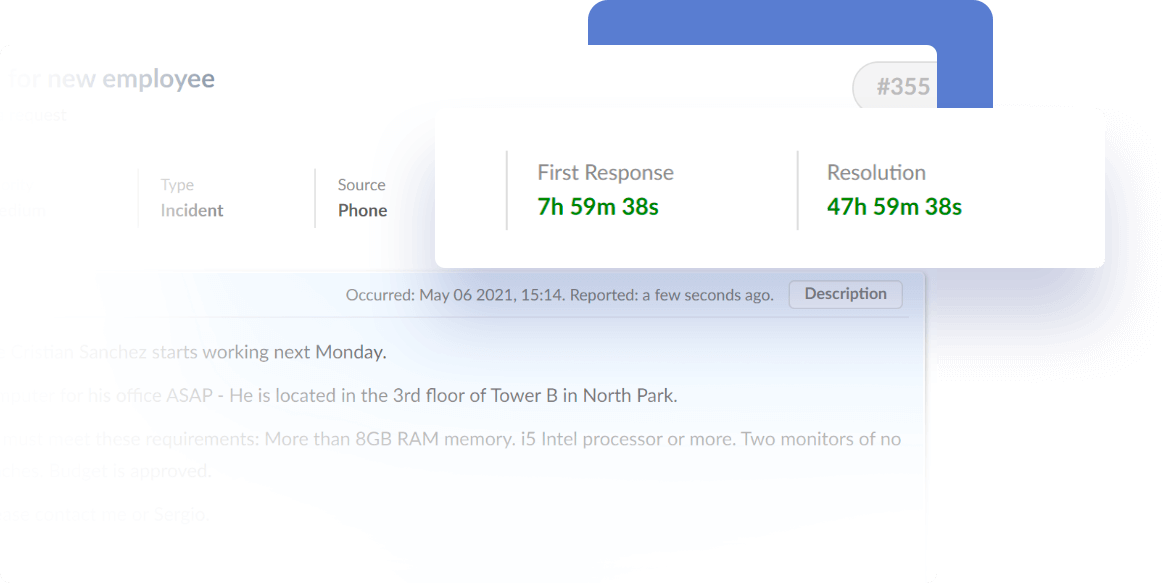
Help IT Teams to Exceed Agreed Performance Levels
Prioritize based on impact and urgency, plus agreed service level targets, supporting your IT team in closely tracking tickets through to resolution. Different service levels can apply to both incidents and service requests, for different issue or request types, and for different locations, teams, or roles.
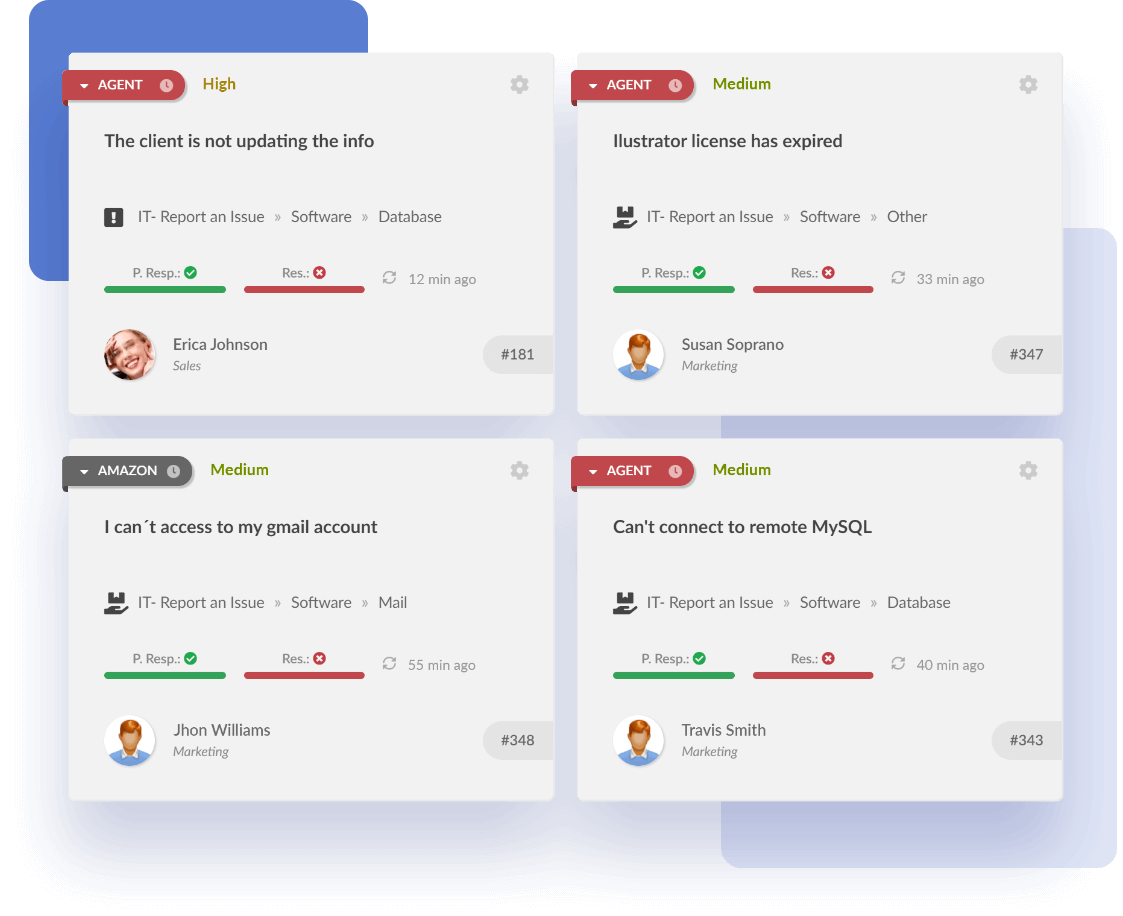
Benefits Service Level Management and SLAs
Available as an on-premise or SaaS solution, Service Level Management and SLAs will help your company to improve its IT support, IT help desk, or IT service operations through the focusing of attention on the things that matter most (at any point in time). Thanks to workflow, automation, and alerting, your IT team will be able to improve their operations and service delivery across a number of areas:
Speed of Service Restoration or Delivery Is Based on Priority
In service management expectations flow both ways - end users or customers have expectations of the service provider and the service provider has expectations of the customer. The failure to understand and meet these expectations, by either or both sides, results in lower service quality, customer satisfaction, and potentially increased costs.
Discover other Service Management features
Everything you need to provide outstanding service.
Ticket Mgmt
Manage your incidents
Analytics
Analyze your efforts
Self-Service
Encourage self-help
AI
Enhance support efficiency
Integrations
Expand functionality and usability
Problem Mgmt
Get proactive
Automation
Automate support processes
Workflows
Improve IT efficiency
ITIL
Employ best practices
Knowledge Base
Build and share knowledge
Change Mgmt
Better manage change
SLAs
Prioritize IT operations
Gamification
Improve team productivity
Multiple departments
Extend outside IT
